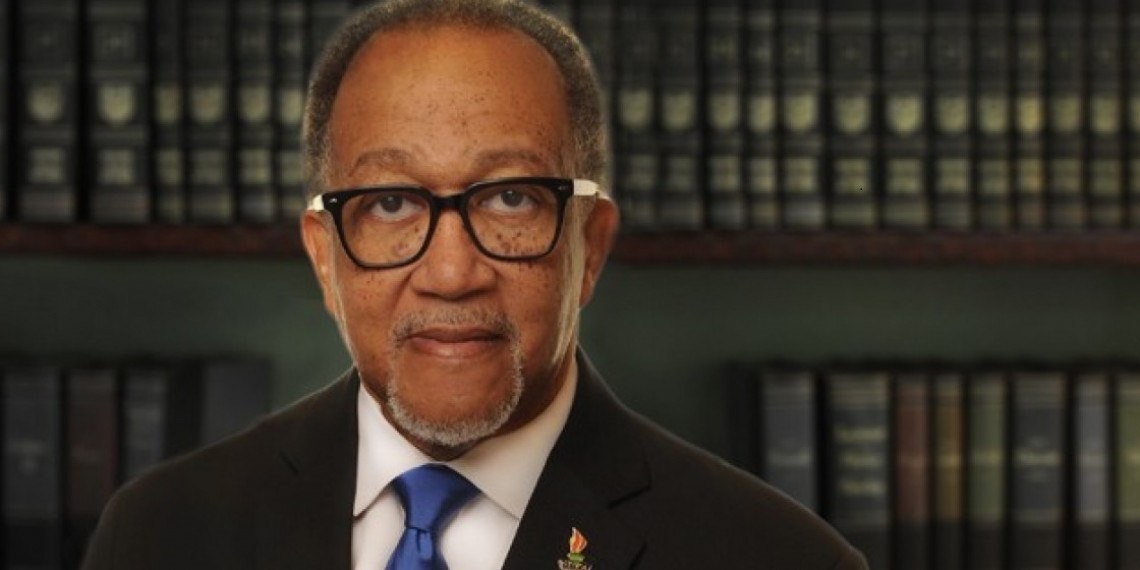
August 1, 2023
Broadband Access Is A Civil Right And Ben Chavis Is An Advocate
Written by Ben Chavis
On the morning of November 14, 1960, Ruby Bridges went to school and made history.
Flanked by a group of U.S. deputy marshals, the 6-year-old Bridges walked a gauntlet of angry shouts and insults from protestors to become the first Black child to desegregate the all-white William Frantz Elementary School in New Orleans.
Sixty-three years after Bridges made her brave walk, our nation’s schools are fully integrated, but racial equality in our educational system remains far from being attained. Black students, on average, have less experienced teachers, fewer opportunities to take honors classes, lower proportional enrollment in advanced classes, and less access to reliable internet than their white peers.
The American Civil Liberties Union noted that students who lack access to broadband internet are negatively affected since internet access at home is tied to completing homework and earning better grades, which a 2020 Deutsche Bank report that these digital deserts could mean that more than half of Black and Latino people could be underprepared for most jobs by 2045.
The COVID-19 pandemic only exacerbated these problems as remote learning required access to high-speed Internet – something that around 40% of Black households in the country lack. This problem gets even more dire when looking at the country’s Historically Black Colleges and Universities (HBCUs), which suffer from smaller endowments compared to traditional higher learning institutions and many exist in so-called “broadband deserts” – or regions where high-speed internet access is unavailable at any price.
Since their inception, HBCUs have proven critical to molding this country’s Black leaders – from Hawkins, who attended Charlotte’s Johnson C. Smith University, to Vice President Kamala Harris, who graduated from Howard – and currently produce 20% of all Black college graduates, despite comprising only three percent of the country’s overall colleges and universities.
Given the importance HBCUs play in the Black community it is unacceptable that 82% of these schools are in “broadband deserts.”
There is, however, a solution: the Broadband, Equity, Access and Deployment (BEAD) program.
Established as part of the infrastructure bill President Biden signed into law in 2021, the program has allocated $42.5 billion to states to promote high-speed internet access through a variety of measures. In addition to improving broadband infrastructure, the funding — which is expected to be distributed in 2024 or 2025 — will be put toward making high-speed internet more affordable and easier to access where the infrastructure already exists.
The Commerce Department’s National Telecommunications and Information Administration (NTIA) informed states of their full BEAD allocations by last month, meaning that state lawmakers now have the rest of the year to meet the program’s requirements and put funding allocation plans on paper.
The infrastructure bill clearly states that the money from these grants must be used to “expand broadband in communities across the U.S., create more low-cost broadband service options, subsidize the cost of service for low-income households, and provide funding to address the digital equity and inclusion needs in our communities.”
Yet there is concern that state leaders will submit plans to the federal government that neglect to promote digital inclusion and equity across all racial and economic demographics, and that the needs of our state’s HBCUs in rural areas will be ignored.
We are in a critical period where legislators must hear from their constituents most affected by the lack of broadband access across the state – whether that be HBCU students or any of the approximately 19 million Americans that lack access to reliable high-speed internet.
Along with providing access to high-speed internet, underserved communities must also be provided with the technical expertise to be able to spell out where the gaps exist and what a solution should look like. Without a detailed plan outlining how and where to use the funds – be it from the state or a BEAD grant – there is the very real risk that the money could be squandered on projects that do little to actually close the digital divide.
Bridges’ walk to integrate her school is a moment that marked a major step forward in the fight for racial equity and access to a quality education. Today, that fight is still occurring as minority and low-income communities strive to get access to the same technology and tools that their fellow Americans in wealthier and whiter schools and neighborhoods have.
Ensuring that BEAD funding goes to this who most need it, can ensure that the progress that Bridges started to make continues to advance.
RELATED CONTENT: A Game Plan to Finally Connect Every American to Broadband
Dr. Benjamin F. Chavis Jr. is chairman of the National Association for Equal Opportunity in Higher Education (NAFEO) and president/CEO of the National Newspaper Publishers Association.